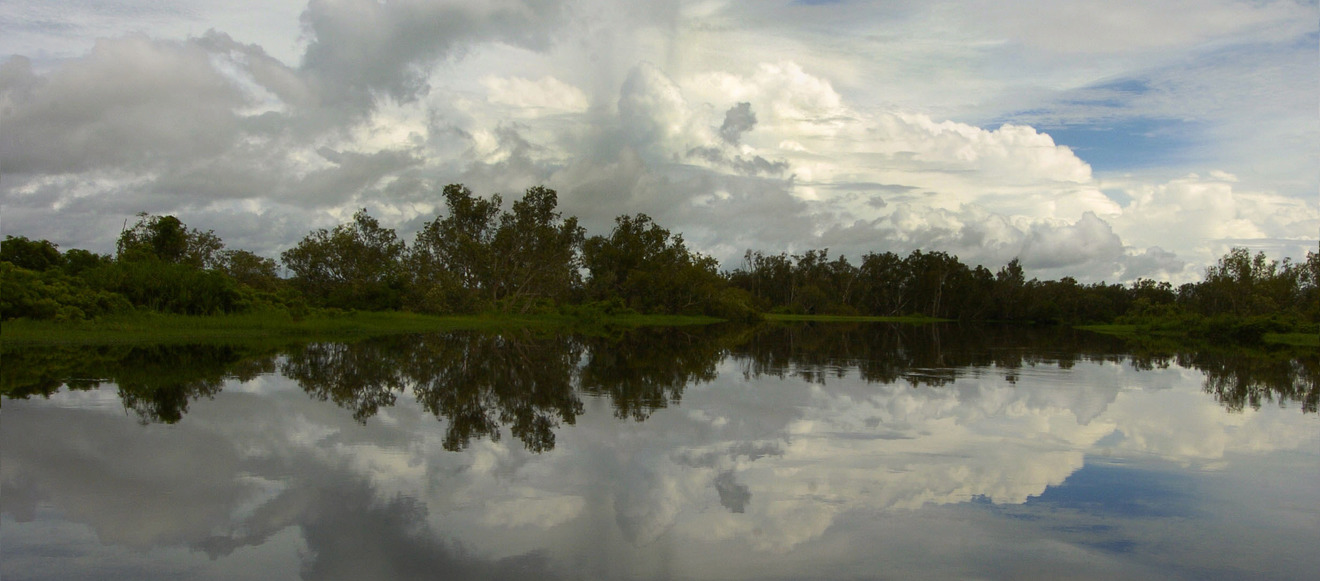Disease cluster in Northern Territory region raises serious questions for Traditional owners and health professionals
Publish Date:
9th December 2020
Public Health Association of Australia Northern Territory Branch (PHAA NT), Gundjeihmi Aboriginal Corporation, Red Lily Health Board and Aboriginal Medical Services Alliance Northern Territory (AMSANT) welcome the release of the Northern Territory Government’s long awaited report into the Gunbalanya-Kakadu disease cluster in the Northern Territory.
The investigation report confirmed a significant increase in cancers (1.8 times expected) and fetal deaths (1.86 times expected) in the region compared to other Aboriginal and Torres Strait Islander populations in the Top End of the NT.
Despite suspecting that increased rates of smoking and alcohol consumption have contributed to the disease cluster the study was unable to prove this conclusively. The investigation concluded that it is highly unlikely that exposure to ionizing radiation directly contributed to this disease cluster but it was unable to rule this out.
Dr Michael Fonda, a rural specialist GP and member of the PHAA NT Branch commented ‘Our organisations have been advocating for many years for further investigation into this disease cluster in the Alligator Rivers region, an issue raised initially in a 2006 report.
Justin O’Brien, CEO of Gundjeihmi Aboriginal Corporation added, ‘Given that no clear cause for the disease cluster has been identified, we jointly recommend that there be continued close monitoring of the health outcomes of the Gunbalanya-Kakadu cohort specifically studied in this investigation.’
Reuben Cooper, Chair of the Red Lily Health Board commented, ‘We strongly support the health promotion messaging emerging from this investigation to encourage reduction in smoking and alcohol consumption – health issues known to have a devastating effect on the health of Aboriginal and Torres Strait Islander people in the NT.’
Mr Cooper added however, ‘this investigation does not discuss the reasons for higher rates of smoking and alcohol consumption in the Gunbalanya-Kakadu region which could include factors such as cultural dislocation, stress and royalty payments, nor does it discuss the potential social impacts that the uranium mining industry has had on the population in the region.’
John Paterson, CEO of AMSANT commented, ‘The Health Department advising people to stop smoking and drinking is a narrow approach, and potentially blames Aboriginal people rather than exploring approaches to reducing poverty and increasing empowerment.’
A 1984 AIATSIS report raised concerns that significant social and health impacts might eventuate following establishment of the Ranger uranium mine in the region. The report made numerous recommendations which were accepted at the time by the Australian Government, but which were not implemented. One of these recommendations was for continued monitoring of the social impact of uranium mining in the region.
Mr O’Brien commented: ‘It is of great concern to GAC that significant social and health impacts resulting from uranium mining in the region were foreshadowed and have ultimately transpired, even if the sources of these impacts are not yet clear. There was a responsibility to monitor the health and wellbeing of the population in this region throughout the period of uranium mining operations and this did not take place adequately’.
Dr Fonda added, ‘This disease cluster should serve as a warning that similar problems could emerge in other remote Aboriginal communities following the introduction of a mining, industrial or other significant commercial operation in their region. Rigorous health assessment and monitoring is required and projects should not be able to proceed if a safe plan cannot to be implemented.’
Mr Paterson highlighted the importance of ensuring Aboriginal communities are involved in developing frameworks for assessing health impacts. ‘Cultural and social impacts of mining need to be included in approval processes’, he said. He added, ‘Aboriginal communities need to feel comfortable that their long-term health and wellbeing will be monitored and not be threatened by such projects and that they have the option to say no to the development if it is not in their best interests.’
For further information/comment:
Dr Michael Fonda (PHAA) – 0429 435 595
Kirsten Blair (Gundjeihmi Aboriginal Corporation) – 0412 853 631
Reuben Cooper (Red Lily Health Board) – 0474 354 912
John Paterson (AMSANT) – john.paterson@amsant.orgau cc ceo.executive@amsant.org.au
